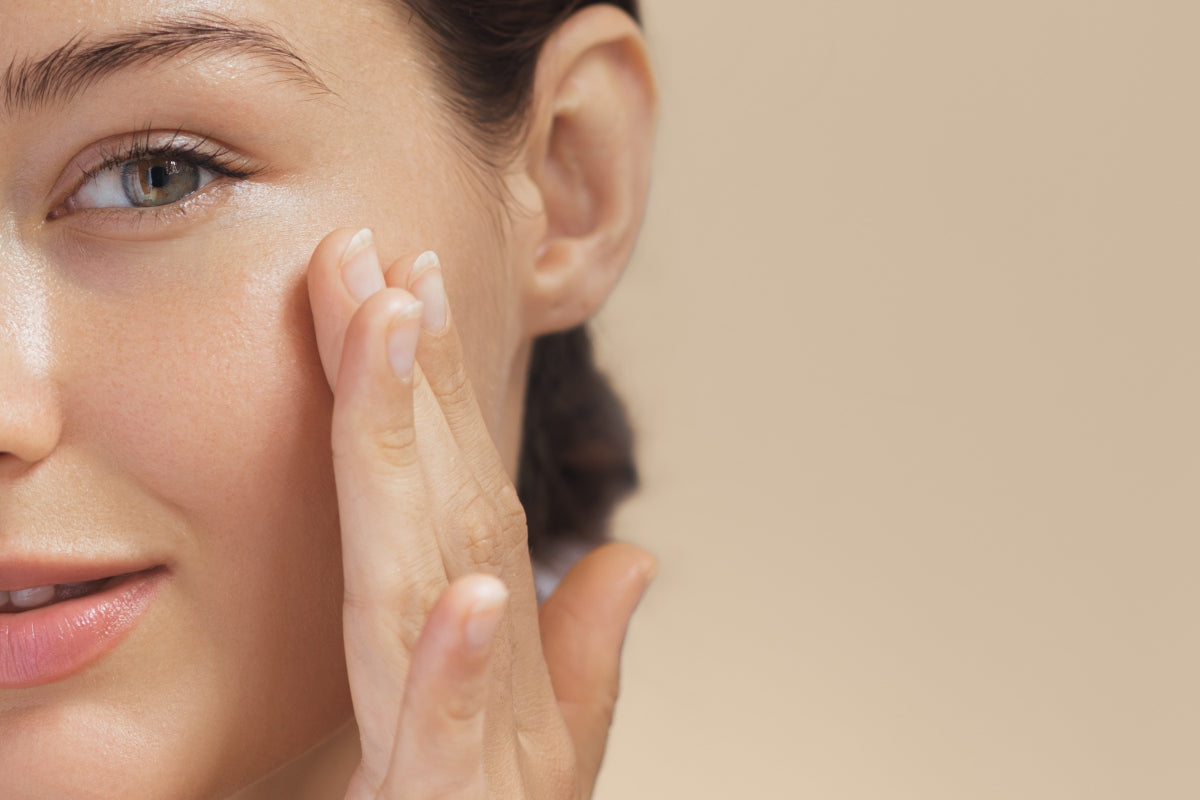Blog > All
How Close to Red Light Therapy
Written by Our Editorial Team
6 min read
00
DAYS D00
HOURS H00
MINUTES M00
SECONDS S

How close to red light therapy devices should you be for the best results? This is one of the most common questions among people using LED panels or masks.
Distance matters because it influences how much therapeutic light reaches your skin, how deep it penetrates, and whether you get the clinical results you expect.
Red light therapy is not just about turning on a device. The effectiveness depends on wavelength, intensity, and consistency.
Understanding how distance shapes these factors provides the foundation for safe, visible outcomes – and helps explain why some users see faster improvements than others.
What this article covers:
The sweet spot usually falls within a few inches for wearables like LED masks, or 6–12 inches for larger panels.
Red light therapy works because specific wavelengths stimulate your cells' mitochondria to produce more adenosine triphosphate (ATP). However, the amount of light absorbed depends on how far you are from the source.
Most clinical research shows that skin benefits occur when devices are positioned close enough for effective light absorption but not so close that intensity becomes uncomfortable.

In physics, the inverse square law explains why light intensity decreases rapidly as you move farther from the source.
At twice the distance, intensity drops to one-quarter of its original power. This is why sitting too far from a red light therapy panel can reduce effectiveness, even if you are using it for the correct duration.
Being too close, however, is not always better. High-intensity exposure right against the skin can sometimes generate unnecessary heat, which may irritate sensitive or reactive skin types.
If you are using a large panel, most dermatology and wellness experts recommend positioning yourself 6–12 inches away from it.
This range ensures your skin receives a therapeutic dose while covering a wider surface area.
For facial rejuvenation, sitting closer to the six-inch range may yield stronger effects, while 12 inches provides a gentler treatment for those with reactive skin.
Unlike panels, LED masks are designed to rest directly against the face.
This close proximity is not only safe but intentional, because the diodes are engineered to emit controlled doses of light at dermatologist-approved levels.
With masks like the Q-Rejuvalight Pro LED face mask, there is no risk of “overexposure” from wearing the device as directed.
Concerns about safety usually come from unregulated products or masks that lack FDA clearance. Inferior devices may produce inconsistent output or excessive heat, which can irritate sensitive skin.
Qure eliminates this risk by calibrating wavelengths to deliver therapeutic energy without generating harmful UV or unsafe levels of heat.

Handheld wands and flexible wraps sit somewhere between panels and masks. They are designed for close contact or near-contact use, often pressed lightly against the skin or held a few centimeters away.
This proximity allows for targeted treatment on specific areas such as crow's feet, smile lines, or individual blemishes.
Because handheld devices typically have fewer diodes than masks or panels, they rely on closer application to deliver a sufficient therapeutic dose.
To minimize risk and maximize results, Qure advises following the manufacturer's guidelines on both distance and session time.
How close you should be to red light therapy also depends on your goals.
This is why people often want guidance on how often should you use red light therapy on your face and how long should red light therapy sessions be. The answers depend not only on frequency but also on choosing the right distance for your skin type and therapeutic goal.
Being too close to a device not designed for direct contact can cause discomfort or heat irritation, especially for rosacea-prone skin.
On the other hand, sitting too far away means you may not be receiving a therapeutic dose, leading to slower results.
Results build over weeks of adherence, but only when the skin receives sufficient energy from each treatment.
Many users mention that one of the biggest advantages of the Q-Rejuvalight Pro LED face mask is its ease of use. Because the mask has preset treatment modes and fixed positioning, there is no need to guess about distance or manually adjust settings.

Red and near-infrared wavelengths are often combined for synergistic benefits. Infrared penetrates deeper, stimulating circulation and recovery, while red light focuses on the skin's surface layers.
The closer you are, the more effectively red light can target skin cells, while infrared maintains benefits even at slightly greater distances.
For skincare users, this means you do not need extreme closeness for results if your device is well-calibrated. What matters most is consistency and safety, both of which Qure builds into every product.
How close should you be to red light therapy devices? The answer depends on your goals, your device, and your skin type.
For panels, a length of 6–12 inches is often ideal. For masks like the Q-Rejuvalight Pro LED face mask, direct contact ensures clinically precise results without guesswork.
At Qure Skincare, the philosophy is simple: skincare should be intelligent, safe, and effective.
By blending patented technology with dermatologist oversight, Qure makes clinical-quality treatments available at home for people who value both results and skin safety.
Read more about targeted skincare topics:
Most Popular Posts